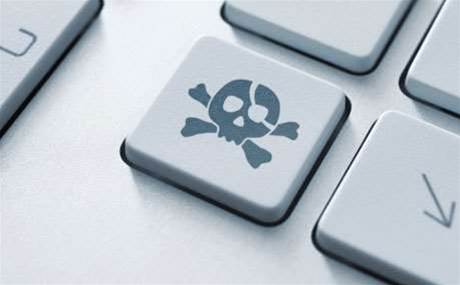Siemens Industry Software has moved to unmask the owners of 20 users of IP addresses within Telstra’s ranges that it believes used cracked versions of its product lifecycle management (PLM) software.

The industrial software maker obtained a court order on Friday last week requiring Telstra to disclose the identities of account holders that used certain IP addresses captured by an anti-piracy mechanism in the PLM software code.
It also gained approval on the text of a form letter to be sent to the Telstra subscribers that seeks a settlement under threat of legal proceedings being filed against them.
“Siemens contends that it may have a right to obtain relief against 20 prospective respondents for infringement of copyright in certain computer software that it owns,” the judgment states.
The software maker’s interest is with its NX and Solid Edge products, which are both used for computer-aided design, and form part of a broader PLM suite.
“Representative bundles” of the licensing costs for the software and a year of maintenance ranged from $88,440.47 to $337,514.45.
Siemens said it had identified IP addresses associated with the alleged use of cracked versions of its software through a feature in the software called the automatic reporting function or ARF.
“[ARF is] embedded in each of the asserted software products. It cannot be removed or ‘switched off’ from the asserted software,” the judgment states.
“The ARF is capable of identifying the computer on which unlicensed copies of the asserted software are used by collecting data related to the source of that use, when that computer is connected to the internet.
“The primary method of copyright infringement about which Siemens is concerned is where the alleged infringer uses versions of the asserted software that have been ‘cracked’ or tampered with by a person or (more likely) a company who is licensed to use some, but not all of the asserted software.
“The cracking allows the infringer to have full access to all of the modules of the asserted software without having paid to licence them.”
Siemens said that while sometimes the data in an ARF report “is sufficient to identify the person responsible for cracking the software, … on other occasions, the details are insufficient, and only a general company or email domain is given (such as “telstra.com.au”, or “outlook.com”) and the only unique identifier captured within the report is an IP address.”
“If a static IP address has been assigned to a specific entity, rather than an internet service provider (ISP), then a search of the publicly available register of IP addresses will resolve to a particular entity that is likely to be the alleged infringer,” the judgment states, citing evidence provided by Siemens.
“If the IP address resolves to an ISP, then the alleged infringer is ... likely to be a subscriber of the ISP.”
Siemens asserted that the ARF logs would be enough for an ISP - in this case, Telstra - to “be able to identify the alleged infringer of the asserted software.”
The software maker had identified “20 potential infringing users of the asserted software who are Telstra subscribers.”
Written communications from Telstra were tabled in court, saying that the telco would act on a “coercive instrument” such as a court order, but that it would otherwise not disclose customer data due to privacy."
Siemens also provided an undertaking to the court that it would "not pursue any action against any individual who has not made commercial use of any of the asserted software products".



.png&h=140&w=231&c=1&s=0)
_(20).jpg&h=140&w=231&c=1&s=0)




_(26).jpg&w=100&c=1&s=0)

 iTnews Executive Retreat - Security Leaders Edition
iTnews Executive Retreat - Security Leaders Edition












_(1).jpg&h=140&w=231&c=1&s=0)



